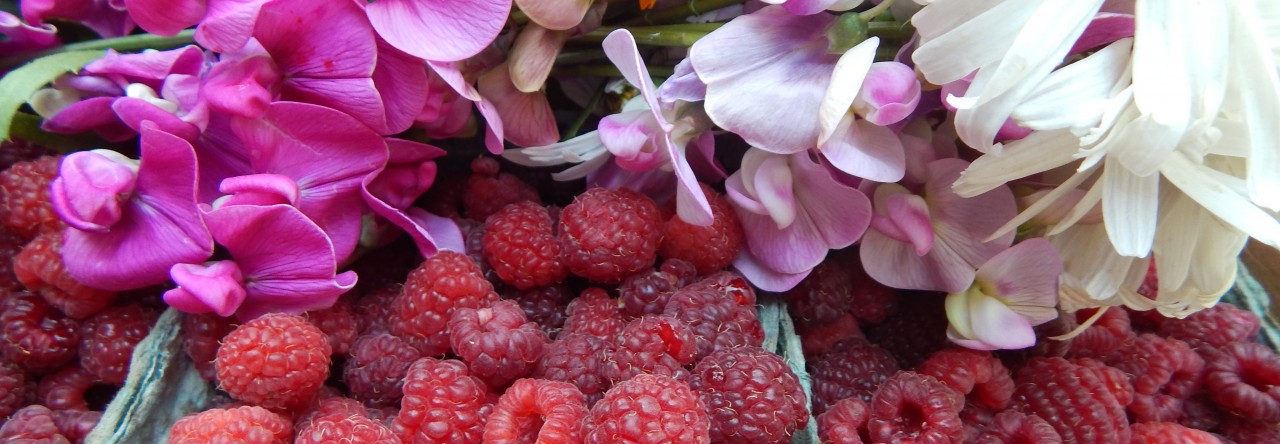Processing time when canning foods depends on many factors. In general, more acidic foods (e.g., rhubarb) need to be processed for less time than more alkaline foods (e.g., apricots). Denser foods need to be processed longer to ensure thorough, even heating, as do larger jars. Altitude is also a factor; water at a higher elevation boils at a lower temperature. To compensate, processing times must increase as elevation increases.
When water-bath processing, the U.S. Department of Agriculture long recommended adding 1 minute for every 1,000 feet you live above sea level. This is still the recommendation when sterilizing jars: Fill the canner with water, add the jars, and ensure the water remains at least 1 inch above their tops. Bring the water to a boil and set the timer to 10 minutes, plus 1 minute for every 1,000 feet in elevation. However, you only need to sterilize jars when water-bath canning and only when the processing time in the recipe is less than 10 minutes (before your altitude adjustment).
USDA guidelines have changed in recent years to make it simpler to actually process jars in a boiling water bath:
- Determine your altitude (elevation).
- Note the amount of additional processing time needed at your elevation:
- Add your altitude adjustment to the time given in each water-bath canning recipe.
| Altitude | Added time |
| 0–1,000 feet | none |
| 1,001–3,000 feet | 5 minutes |
| 3,001–6,000 feet | 10 minutes |
| More than 6,000 feet | 15 minutes |
Some recipes can fill a range of jar sizes. When a recipe indicates it’s fine to process in larger jars, such as quarts instead of pints, it should also list how much time needs to be added (usually 5 minutes) to completely heat the contents and seal the jars. It’s always fine to downsize jars, processing for the listed time for larger jars unless a shorter period is given, but it is not safe to bump up a size unless the recipe states the size and time.
Knowing your altitude can also be useful when making jams, jellies, and other preserves. Gel, one of the key features of these sweets, forms when the mixture boils, but that happens within a range of temperatures. Although there are many ways to test gelling, one of the most reliable is to use a thermometer to ensure the mixture has reached the temperature needed at your altitude:
| Altitude | Gelling temperature |
| Sea level | 220°F |
| 2,000 feet | 216°F |
| 4,000 feet | 212°F |
| 6,000 feet | 209°F |
When pasteurizing, you don’t need to adjust for altitude. By monitoring the temperature with a thermometer, you know you are in the target range of 180°F to 185°F. You simply need to ensure that the water stays at the correct temperature the entire time; otherwise, you will need to add 1 minute for every minute it spends below that temperature.
When pressure canning, more pressure is needed at higher elevations, rather than more time, to ensure a safe seal. Refer to the USDA’s Complete Guide to Home Canning, 2015 revision (Guide 1), for specifics.
